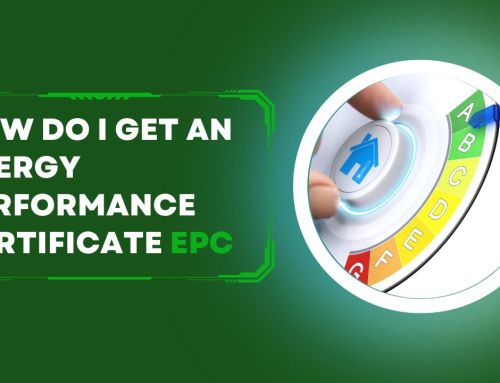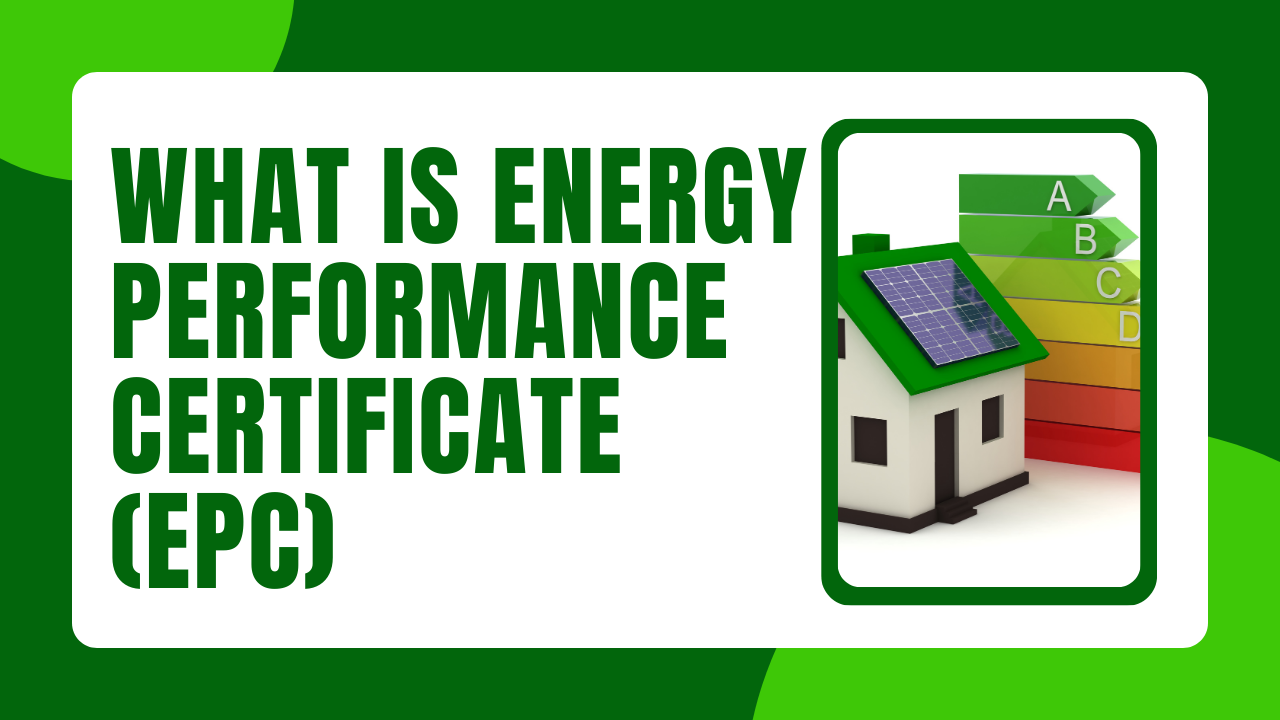
Just as a compass guides a lost traveler, an Energy Performance Certificate (EPC) guides a homeowner or tenant towards energy efficiency. It’s a tool that helps us understand the energy consumption and potential of a property.
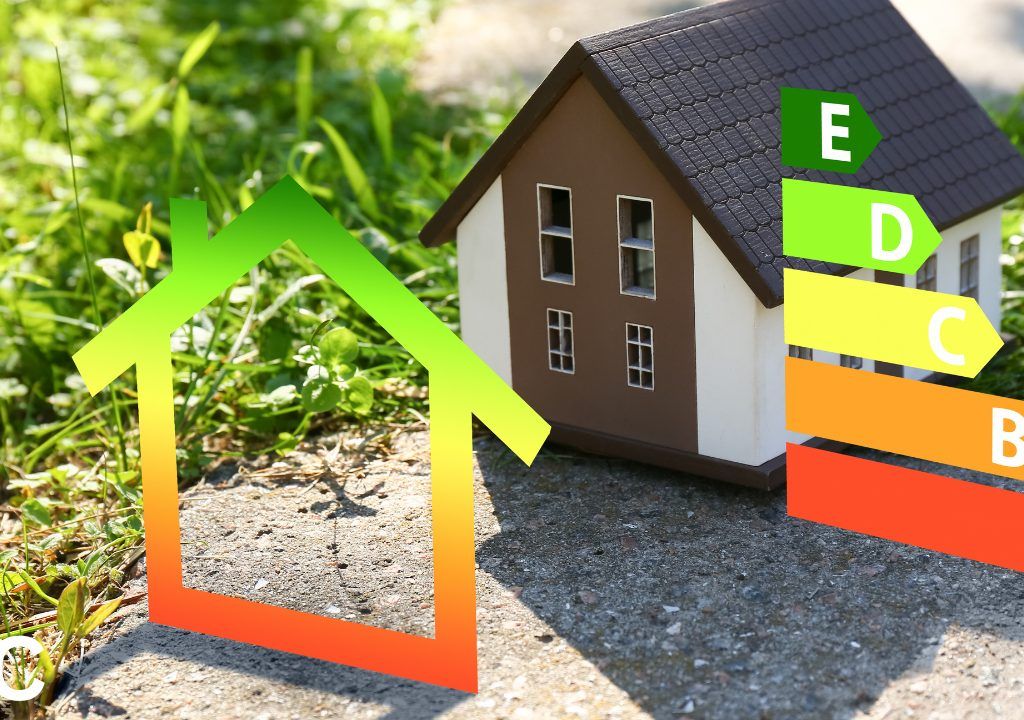
But what does an EPC really entail? Why is it so important? And how can we truly interpret the ratings? Let’s strip back the layers and uncover the hidden value of this essential document.
Prepare to explore the intricate details and the far-reaching implications of the EPC.
Understanding the EPC
To understand the EPC, one must delve into its structure, which primarily includes an energy efficiency rating, a detailed breakdown of the property’s performance, and recommendations for improving energy usage. The EPC ratings, ranging from A (most efficient) to G (least efficient), provide a snapshot of the property’s energy efficiency. These ratings don’t just offer insight into a property’s energy consumption; they also highlight EPC benefits such as potential cost savings and environmental impact reduction.
The EPC also outlines potential EPC improvements. These are usually cost-effective suggestions that could enhance the building’s energy efficiency. By acting on these recommendations, property owners can reduce energy waste, cut costs, and improve their EPC rating.
Property owners should be aware of their EPC responsibilities. Ensuring an up-to-date EPC is available for potential buyers or tenants is mandatory. It’s also their job to implement recommended improvements, contributing to a greener future.
For those unfamiliar with the process, EPC guidance is available. Professionals can provide advice on understanding EPC ratings, complying with responsibilities, and making suggested improvements. In essence, the EPC serves as a roadmap, guiding owners towards more energy-efficient and sustainable property management.
Necessity of an EPC
An Energy Performance Certificate (EPC) isn’t just a piece of paper; it’s a crucial document required whenever a property is built, sold, or rented in the UK. Beyond mere compliance with EPC regulations, understanding the importance of an EPC can bring about a shift in how we view energy efficiency and sustainability.
The EPC’s importance lies in its ability to provide a snapshot of a property’s energy efficiency. It’s an invaluable tool for prospective homeowners or renters, allowing a clear comparison of energy performances between different properties. This transparency underlines one of the key EPC benefits: empowering consumers with knowledge to make informed decisions.
Compliance with EPC regulations isn’t just about ticking a box. It’s about recognizing our role in driving sustainable practices. By adhering to EPC standards, we’re contributing to wider efforts to reduce carbon emissions and combat climate change.
The EPC’s impact is real and tangible. It not only influences our decisions but also prompts improvements in energy efficiency. The ripple effect of achieving high EPC ratings can be monumental, resulting in significant energy savings, cost reductions, and a healthier environment. Thus, the necessity of an EPC extends well beyond just legal requirements.
Interpreting an EPC
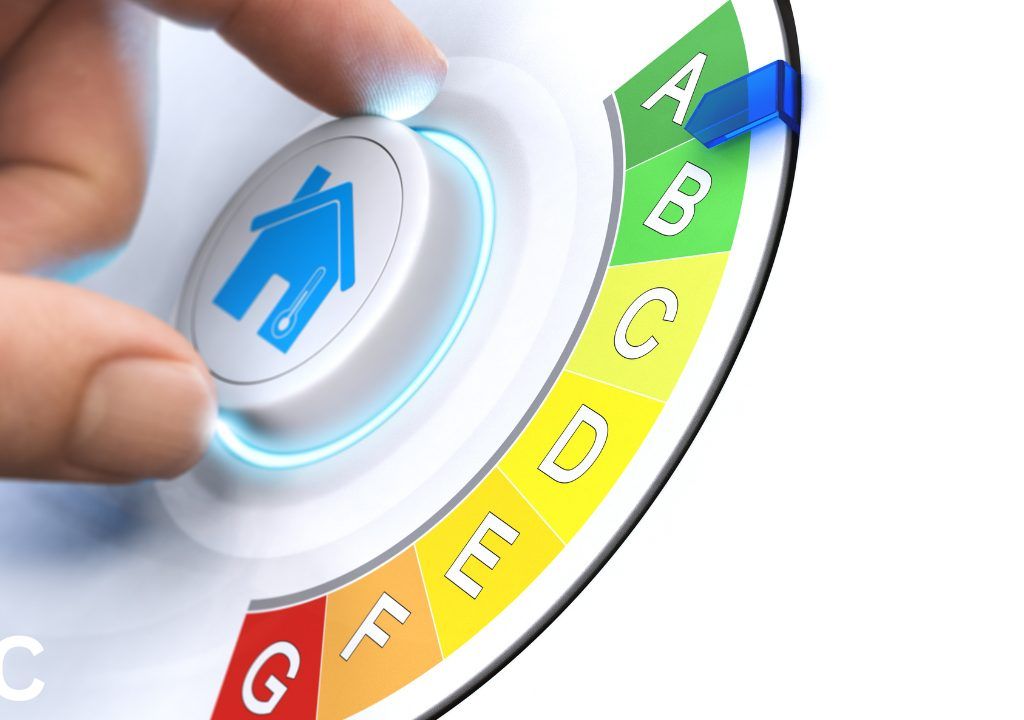
Understanding how to interpret an EPC is crucial for making informed decisions about energy consumption in a property. An EPC provides a rating breakdown, indicating the current and potential energy efficiency of a building. This grading system ranges from A, being the most efficient, to G, the least.
The EPC also highlights the environmental impact of the property. It estimates the CO2 emissions, which can be a significant factor for those conscious about their carbon footprint. It’s important to note that a property with a higher energy efficiency rating typically has a lesser environmental impact.
Moreover, an EPC offers valuable cost-saving tips. It provides recommendations for improvement, such as insulating the loft or installing energy-efficient lighting. Implementing these suggestions can significantly reduce energy consumption, leading to substantial savings over time.
Lastly, an EPC serves as a fantastic negotiating tool. When buying or renting a property, the EPC can provide leverage in negotiating the price. A low energy efficiency rating might warrant a price reduction or the implementation of energy-saving measures. Understanding the implications of an EPC can empower you to make smarter, sustainable decisions about your property.
Domestic Energy Assessment Expectations
If you’re considering a domestic energy assessment for your property, it’s important to know what to expect from this process. An energy assessor will visit your home, inspecting aspects such as insulation, heating systems, and windows. This is a non-invasive procedure; they’ll primarily observe and take measurements.
The assessment offers several benefits. It provides a clear comparison of your home’s energy efficiency with potential improvements, providing a roadmap for your property’s energy future. The assessor will then create an Energy Performance Certificate, highlighting your home’s current energy efficiency and providing improvement recommendations.
Your responsibilities include providing access for the assessor and acting on their recommendations. It’s important to remember that these suggestions aren’t just about improving your EPC score. They’re about enhancing your home’s environmental footprint, possibly saving you money in the long run.
The expectations from a domestic energy assessment should be clear: a comprehensive, professional evaluation of your property’s energy performance. Following the improvement recommendations can lead to significant benefits such as reduced energy bills and increased property value. This process is a crucial step in making our homes more energy efficient and sustainable.
New Build Energy Assessment Insights
When it comes to new construction, a thorough energy assessment plays a crucial role in estimating the future energy efficiency and environmental impact of the building. As a stepping stone towards innovation, this process closely scrutinizes the construction standards, aiming for significant efficiency improvements.
Here’s a brief table that provides a snapshot of the new build energy assessment process:
| Factors | Importance | Outcomes |
|---|---|---|
| Construction Standards | Ensures adherence to energy-efficient building practices | Improves overall energy performance |
| Efficiency Improvements | Identifies areas for energy optimization | Reduces energy consumption, lowers bills |
| Energy Saving Tips | Offers practical advice to enhance energy efficiency | Contributes to sustainable living |
| Environmental Impact | Assesses building’s carbon footprint | Aids in creating eco-friendly buildings |
| Cost Projections | Provides estimated future energy costs | Enables informed financial decisions |
These assessments arm homeowners with valuable energy saving tips, helping them make informed decisions about their new home. Builders can also use these reports to understand the potential environmental impact of their projects, ensuring they meet or exceed current construction standards.
Moreover, the cost projections offered by these assessments are invaluable. They give a clear picture of the potential savings that can be achieved through smart, energy-efficient design choices. The new build energy assessment is not just a regulatory step, but a tool for creating sustainable, efficient, and cost-effective living spaces.
Basics of EPC
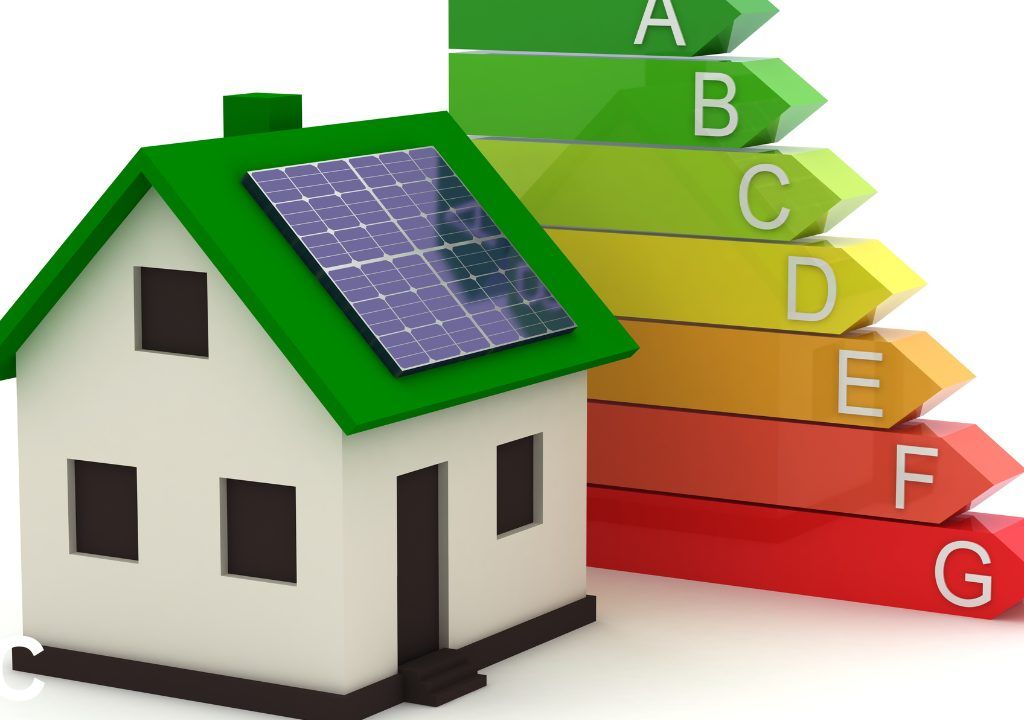
Building on the concept of energy assessments for new constructions, let’s now turn our attention to the broader scope of Energy Performance Certificates (EPCs), which play a key role in the property market, encompassing not only new builds but also existing homes.
EPCs are essential tools that measure a property’s energy efficiency, allowing potential buyers, sellers, or tenants to understand the energy costs and environmental impact associated with a property. They provide an energy efficiency rating, ranging from A (most efficient) to G (least efficient), based on a comprehensive property assessment.
These assessments consider various aspects, including insulation, heating and cooling systems, and even the type of lightbulbs used. This thorough evaluation of a property’s energy consumption can pinpoint areas where energy-saving measures can be implemented, reducing both energy costs and environmental impact.
From a broader perspective, EPCs encourage energy-efficient practices and sustainable living. They promote awareness of energy use, fostering a culture of conservation. In this way, EPCs aren’t just a tool for property transactions, but also a catalyst for change in our approach to energy consumption and environmental responsibility.
EPC Process Details
To fully comprehend the EPC process, it’s essential to understand that it begins with a thorough assessment conducted by an Accredited Domestic Energy Assessor (DEA). This property inspection involves a detailed review of your home’s energy features, such as insulation, heating systems, and ventilation. The DEA takes measurements, photographs, and notes, forming the basis of the energy efficiency analysis.
| Step | Description |
|---|---|
| Step 1 | Property inspection by a DEA |
| Step 2 | Detailed energy efficiency analysis |
| Step 3 | Rating breakdown and EPC creation |
| Step 4 | Advice on energy saving tips |
| Step 5 | EPC delivery within a week |
The DEA uses the data collected to provide a rating breakdown, which is plotted on a scale from A (most efficient) to G (least efficient). This process typically takes between 1 to 2 hours, depending on the size and complexity of the property, thus falling within the average assessment duration.
After the assessment, the DEA provides energy saving tips, which are personalized recommendations on how to improve your home’s energy efficiency. The final EPC is typically delivered within a week of the assessment.
How to Obtain an EPC
Having understood the process of an EPC assessment, let’s examine the steps involved in obtaining an Energy Performance Certificate for a property. The EPC application process commences with sourcing an accredited Domestic Energy Assessor (DEA) who’ll inspect the property, recording information on its dimensions, construction, heating system, and insulation.
The cost of an EPC varies depending on various factors including the size and location of the property. It’s important to remember that the EPC validity period is ten years, during which it can be used multiple times for sales or rentals. This makes the investment worthwhile, considering the EPC’s importance in sales transactions. An energy-efficient rating not only enhances the property’s marketability but also its potential value.
For convenience and easy accessibility, the EPC is available online, typically within a week of the assessment. Potential buyers or tenants can view this document to gauge the energy efficiency of the property. In a world increasingly conscious of environmental sustainability, having a favourable EPC rating can significantly boost the appeal of a property, making the EPC an essential part of any property transaction.
Frequently Asked Questions
What Are the Penalties for Not Having a Valid EPC When Selling or Renting a Property?”
Failing to have a valid EPC when selling or renting a property can lead to penalties. It’s crucial to understand EPC’s importance, legal requirements, any exemptions, certificate costs, and its ten-year validity.
How Can I Find a Reliable and Accredited Domestic Energy Assessor or on Construction Domestic Energy Assessor?”
I’d suggest checking assessor qualifications, assessing costs, and considering energy assessor training. Be mindful of the selection criteria to avoid EPC assessor fraud. Trusted platforms often list reliable and accredited energy assessors.
What Specific Factors Does an EPC Assessment Consider When Rating a Property’s Energy Efficiency?”
An EPC assessment considers factors like insulation, heating systems, and energy consumption. It’s vital for promoting energy conservation, maintaining efficiency standards, and supporting green buildings and sustainable living.
How Can I Improve the Energy Efficiency Rating of My Property According to EPC Recommendations?”
To improve my property’s energy efficiency rating, I’m considering cost-effective upgrades like energy-saving appliances and retrofitting historical buildings. I’m also exploring green technology benefits and using sustainable construction materials for future projects.
Are There Any Government Incentives or Subsidies Available for Implementing the Energy Efficiency Improvements Suggested in an Epc?”
Yes, there are EPC incentives like energy saving grants and efficiency improvement loans. Subsidy eligibility depends on the property and improvements needed. You might also benefit from schemes like the Green Deal.
Conclusion
In a nutshell, the EPC is a powerful tool, a guidebook to your property’s energy efficiency. It’s not just a requirement, but a pathway to greener living.
Understanding it can help you pinpoint areas for improvement, potentially saving you money and reducing your carbon footprint. So, don’t overlook this crucial document.
Invest your time, explore your EPC, and you could reap the benefits. After all, a well-informed homeowner is a successful one.
Follow These Steps to Obtain Your EPC Certificate, Contact us now for booking.

